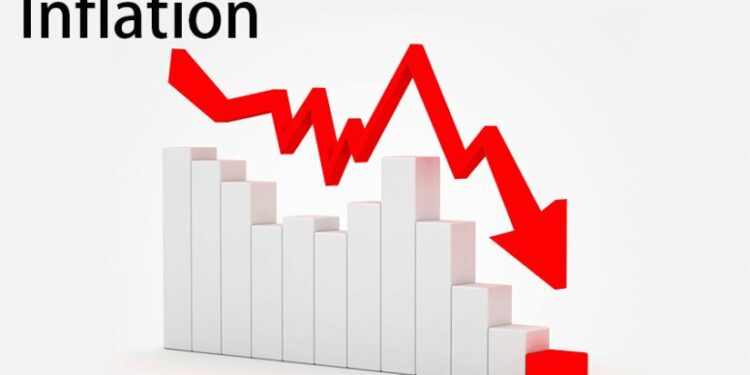Headline inflation dips by 190bps to 23.1% in May 2014
The latest data from the Ghana Statistical Service indicates a 4.2% decline in food inflation, bringing it down to 22.6%, while non-food inflation has risen to 23.6%.
- Advertisement -
Headline inflation for the month of May experienced a modest decrease to 23.1% from April’s 25.0%, marking a decline of 1.95 percentage points.
This data was disclosed by Professor Samuel Kobina Annim, the Government Statistician, during a press briefing on Wednesday, June 12, 2024.
- Advertisement -
The inflationary pressures in the transportation sector remain a focal concern, with transportation costs showing a month-on-month inflation rate of 10.5%, significantly higher than the overall month-on-month rate of 3.2%.
- Advertisement -
Professor Annim urged policymakers to prioritize addressing the escalating transportation costs, which exert substantial upward pressure on the overall inflation basket.
In his remarks, Professor Annim highlighted the critical need to understand and mitigate the factors driving the surge in transportation costs.
“The media and policymakers should shift their focus from food inflation to transportation, where we are witnessing a month-on-month inflation of 10.5%. Effective measures are essential to control the persistent rise in transportation costs, which have widespread implications across other categories in the inflation basket,” he emphasized.
- Advertisement -
The latest data from the Ghana Statistical Service indicates a 4.2% decline in food inflation, bringing it down to 22.6%, while non-food inflation has risen to 23.6%.
Notably, the highest contributors to food inflation were vegetables, tubers, and plantains, with a combined contribution of 3.6 percentage points, followed by ready-made food and seafood.
Regionally, the Upper East recorded the highest inflation rate at 35.6%, over three times the rate in the Oti region, which reported the lowest inflation at 10.3% for May 2024.
This disparity underscores significant regional variations in inflationary pressures across the country.
Source: Norvanreports
- Advertisement -


